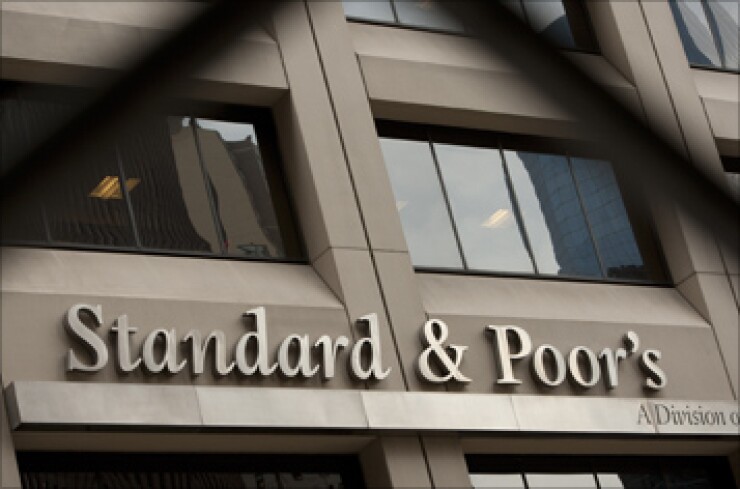
Extension risk, which occurs when loans do not prepay as fast as expected, is now inevitable for the majority of non-qualified mortgage securitizations, and investors need to take steps to mitigate this, Standard & Poor's warned.
Approximately 30% of the loans in non-qualified mortgage securitizations S&P rated had no incentive to do a rate and term refinance as of June 9. The average interest rate for this subset of the portfolio was only 100 basis points higher than the average conforming mortgage rate.
Earlier this year, S&P's analysts expected non-QM prepayment speeds to increase as conforming rates were predicted to rise, driving lenders to
"However,
While non-QM borrowers might have a strong interest rate incentive to refinance their mortgage early, these loans have higher qualification barriers, which makes it difficult to sustain high prepayment speeds.
The loans currently going into private-label securitizations were originated when conforming rates were closer to 3%. Several months of significant excess spread compression are likely as a result, meaning the prepayment rates for these securitizations are in for a substantial slowdown, S&P said.
"Over time, though, prepayment rates of future transactions should normalize as the mortgage interest rates of newly originated non-QM loans adjust upwards and reflect the historical spread between conforming loans and non-QM loans," the report continued. "However, much depends on the future path of market interest rates."
Recent PLS securitizations have used several tactics in attempting to mitigate extension risk, including step-up coupons, the reallocation of cash flows to the more senior tranches from the more subordinate classes via step-down coupons on lower tranches, and full sequential structures.
A
"If non-QM prepayment rates were to fall to 10% (roughly double the historical mobility/turnover rate), then extension would be inevitable, absent a call," S&P said. "Whether the call would be exercised, thus mitigating extension risk, would depend on various factors such as the path of interest rates, bond pricing, whether the [excess spread] tranches are receiving money and other sponsor-specific considerations."
By type, fully documented non-QM loans have the fastest prepay speeds, followed by alternative doc products like bank statement mortgages and then debt service coverage ratio originations; loans in this last category typically have prepayment penalties attached, so borrowers are more reluctant to reduce their term.
But the prepayment speeds on DSCR loans and the other two categories could move closer in the short to medium term, even with the prepay penalties, as the product gains popularity and competition causes rate compression. That means more refinance options for borrowers within the DSCR lending market.
In addition, "DSCR borrowers are more likely to cash-out equity positions and redeploy the funds to acquire additional properties for their portfolios," S&P noted. "DSCR loans within the non-QM sector are roughly 49% cash-out, whereas non-QM overall is 28%."





